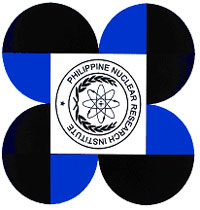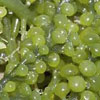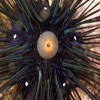Trivia about the Philippine Rice Research Institute
The Philippine Rice Research Institute (PhilRice), the country’s lead agency in rice science and development, will celebrate its 25 years today, Nov. 5, focusing on Rice Science for Development (S4D).
With S4D as its rallying call for five to ten years, PhilRice’s medium and long-term corporate plans centered on helping to attain and sustain rice self-sufficiency, reducing poverty and malnutrition, and achieving competitiveness in agricultural science and technology.
Based at Science City of Muñoz, Nueva Ecija, PhilRice has been responding to the rice farmers’ needs and the country’s endeavors to attain rice self-sufficiency since the Institute’s creation in Nov. 5, 1985.
Other than helping the country achieve rice self-sufficiency, an external review on PhilRice’s impact revealed that for each peso invested on the Institute, a net return or benefit of P4.45 for the Philippine economy was gained.




Recent Comments